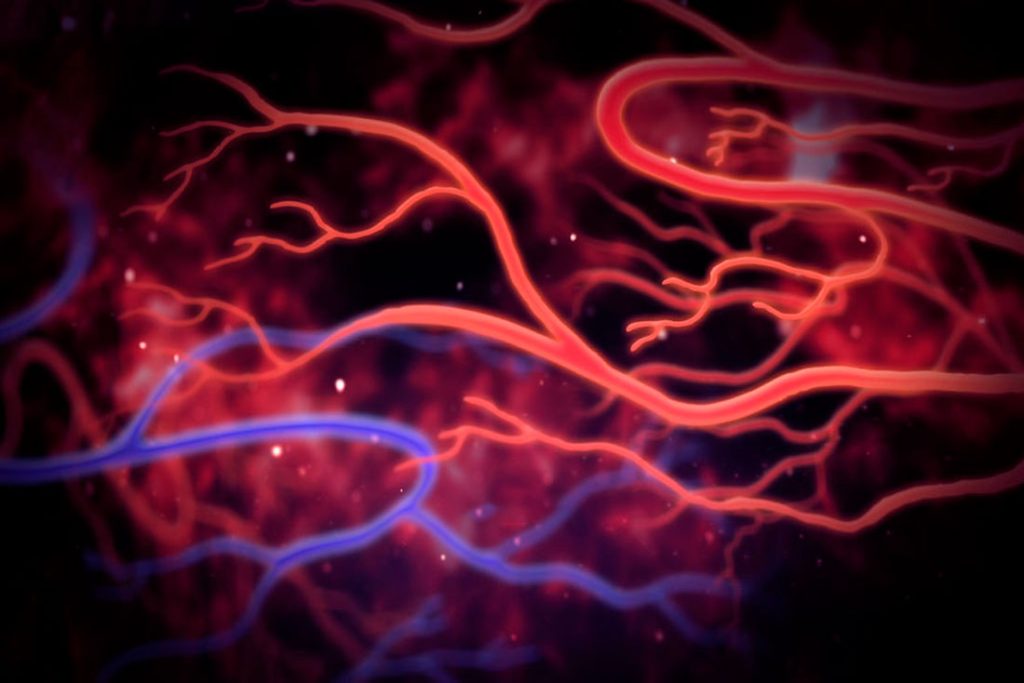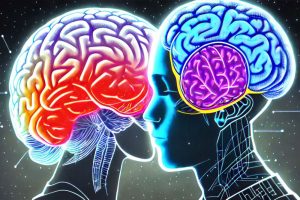The Cardiovascular System: A Comprehensive Overview
The cardiovascular system, a crucial cornerstone of human biology, stands as a testament to the intricate and delicate balance of the human body. It is a marvel of nature’s engineering, a complex network that sustains life through the continuous transport of blood. At the heart of this system, quite literally, is the heart, a muscular organ that dutifully pumps blood throughout the body. Accompanying the heart in this life-sustaining operation are blood vessels, an extensive network of tubes that transport blood.

Cardiovascular System
The cardiovascular system consists of three main types of blood vessels:
- Arteries, responsible for transporting oxygen-rich blood away from the heart.
- Veins, which carry oxygen-depleted blood back to the heart.
- Capillaries, the smallest of the blood vessels, that connect arteries and veins and facilitate the exchange of oxygen, nutrients, and waste materials within body tissues.
The walls of these blood vessels are typically composed of three layers, also known as tunics:
- The tunica externa (or adventitia) is the outermost layer, composed mainly of connective tissue.
- The tunica media forms the middle layer and is primarily made up of smooth muscle. This layer may also contain varying amounts of elastic fibers, especially in medium and large arteries.
- The tunica intima, the innermost layer, forms the endothelial lining of the blood vessels.
Arteries: The Life Sustaining Pathways
Arteries are typically subdivided into three classes based on the composition of the tunica media, the overall size of the vessel, and its function.
Large elastic arteries contain a significant amount of elastic fibers in the tunica media, which allows them to expand and recoil with each heartbeat, thereby maintaining a constant blood flow even during diastole, the relaxation phase of the heart. The aorta, the brachiocephalic trunk, the left common carotid artery, the left subclavian artery, and the pulmonary trunk are examples of such arteries.
Medium muscular arteries, on the other hand, have a tunica media that is predominantly composed of smooth muscle fibers. This characteristic enables these vessels to regulate their diameter, thereby controlling the distribution of blood to different parts of the body. Some examples of medium muscular arteries include the femoral, axillary, and radial arteries.
Small arteries and arterioles, the smallest branches of the arterial tree, play a crucial role in controlling the filling of capillaries and contribute directly to the arterial pressure within the vascular system. Their role is particularly important in the regulation of blood pressure and the distribution of blood flow to different tissues.
Veins: The Return Pathways
Similar to arteries, veins are also divided into three classes:
Large veins, such as the superior vena cava, the inferior vena cava, and the portal vein, have some smooth muscle in the tunica media, but their thickest layer is the tunica externa.
Small and medium veins, like those found in the upper and lower limbs or the deeper veins of the leg and forearm, also have a small amount of smooth muscle, and the thickest layer is, once again, the tunica externa.
Venules, the smallest veins, are responsible for draining the capillaries. They play a crucial role in the circulatory system, serving as the transition point between capillaries and the larger veins.
Although veins share many structural similarities with arteries, they possess several distinctive features.For instance, the walls of veins, particularly the tunica media, are thinner than those of arteries. The luminal diameters of veins are generally larger, allowing them to act as a blood reservoir that can quickly send blood to other parts of the body when needed. A unique characteristic of veins, especially those in peripheral regions, is the presence of multiple accompanying veins (venae comitantes). These are often closely associated with arteries and can help regulate body temperature by facilitating heat exchange.
Moreover, veins, particularly those located below the heart level, frequently have valves. These valves, usually composed of paired cusps, facilitate the unidirectional flow of blood toward the heart, preventing backflow and pooling of blood due to the pull of gravity. This is especially important in the legs, where blood must travel a long distance against gravity to return to the heart.
The Crucial Role of the Cardiovascular System
The cardiovascular system is more than just a network of vessels and a pumping organ; it is the life-sustaining infrastructure of the human body. It plays a critical role in maintaining homeostasis, ensuring that oxygen, nutrients, hormones, and immune cells are efficiently delivered to the tissues that need them. At the same time, it removes waste products such as carbon dioxide and metabolic by-products, which are transported to the lungs, kidneys, and liver for elimination.
Furthermore, the cardiovascular system plays a crucial role in thermoregulation. By adjusting the diameter of the blood vessels near the skin surface, the body can control heat loss or retention, helping to maintain a stable core body temperature.
Current Research and Advances
In recent years, advances in cardiovascular research have led to a deeper understanding of the intricate workings of the cardiovascular system. For instance, the discovery of endothelial progenitor cells has highlighted the regenerative capacity of the endothelium, the innermost layer of blood vessels, paving the way for potential new treatments for cardiovascular disease.
Another area of active research is the role of the vascular endothelium in inflammation and immune response. Endothelial cells have been found to play a crucial role in the recruitment and migration of immune cells, adding another layer of complexity to our understanding of the cardiovascular system’s functions.
In conclusion, the cardiovascular system is an intricate and dynamic network that underpins human life. It serves a multitude of functions, from supplying oxygen and nutrients to body tissues to aiding in thermoregulation and immune response. As research progresses, our understanding of this vital system continues to expand, promising new insights that could lead to breakthroughs in the prevention, diagnosis, and treatment of cardiovascular diseases.











